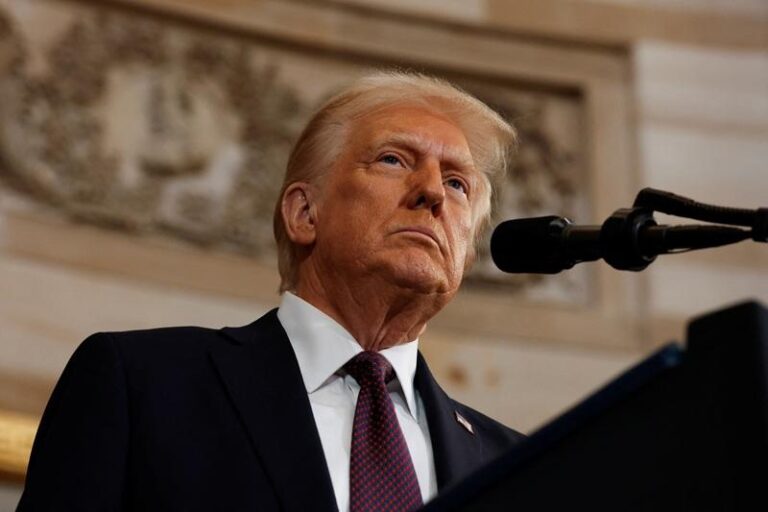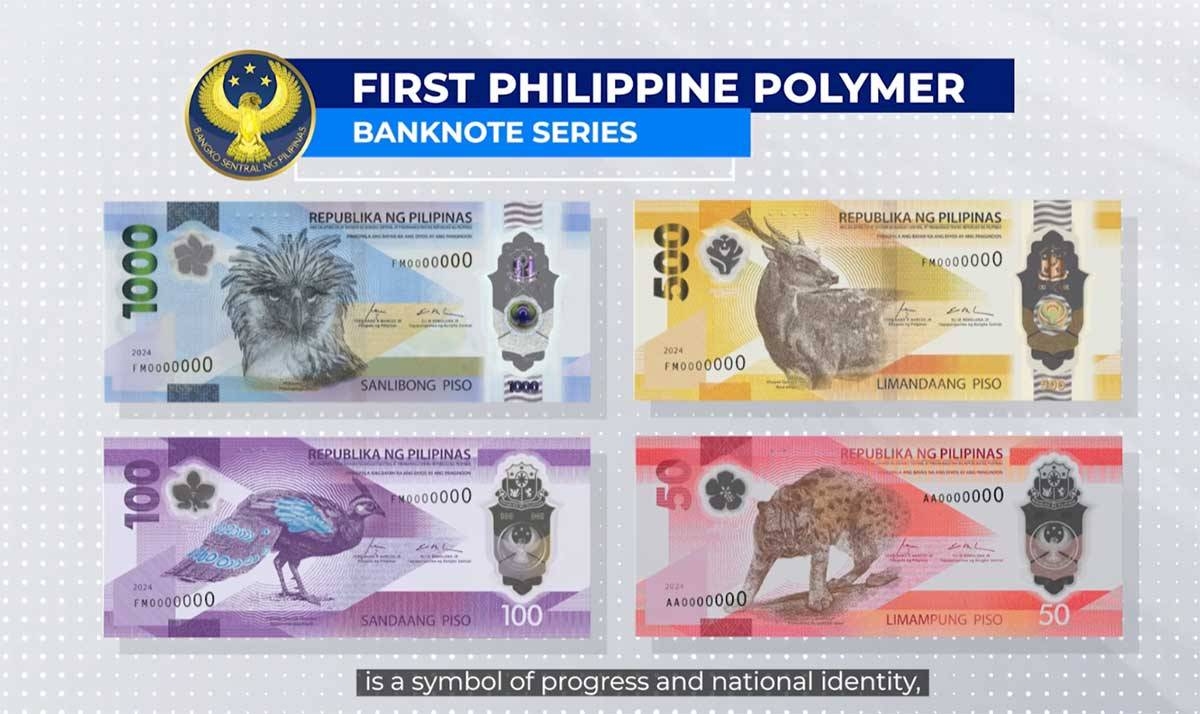MANILA, Philippines – A Historic Unveiling
On Thursday, President Ferdinand Marcos Jr. made history by revealing the Philippines’ first-ever polymer banknote series. This significant milestone marks a leap forward in the nation’s currency, promising enhanced security, durability, and environmental sustainability. These polymer banknotes will begin circulating in the first quarter of 2025.
During a special ceremony at Malacañang, President Marcos celebrated this event as a “groundbreaking step” for the country. He highlighted how these new banknotes symbolize the Philippines’ resilience, creativity, and commitment to progress.
What Makes These Banknotes Special?
The new polymer series includes denominations of 1,000, 500, 100, and 50 pesos. It builds upon the successful launch of the 1,000-peso polymer note in April 2022. The President emphasized that this update follows global best practices of revising currency features every decade.
Joining a Global Trend
With this initiative, the Philippines joins over 40 countries, such as Australia, Canada, the United Kingdom, and Singapore, in adopting polymer banknotes. These countries have experienced significant benefits, including:
- Increased Durability: Polymer banknotes last up to seven and a half years, five times longer than paper bills that wear out after just 1.5 years.
- Cost Savings: Their longevity reduces the need for frequent replacements, saving money and resources.
- Environmental Benefits: Fewer replacements mean less waste, contributing to environmental sustainability.
Health and Security Advantages
President Marcos also highlighted the health and hygiene benefits of polymer banknotes. A Department of Health study revealed that polymer bills are cleaner and more resistant to germs compared to traditional paper notes.
In terms of security, polymer banknotes come with advanced features that make counterfeiting much more difficult. Countries like Malaysia and Vietnam have seen a significant decrease in counterfeiting after switching to polymer currency.
Keeping Every Peso Safe
“By upgrading our currency, we ensure every hard-earned peso remains safe—whether saved, spent, or invested,” said Marcos. He reassured the public that paper banknotes will continue to circulate and remain valid, emphasizing that polymer notes are a step forward, not a replacement.
Symbolism and Design
The new 1,000-peso polymer note features the image of the Philippine eagle, symbolizing the strength, freedom, and sharp vision of Filipinos. “This design captures the essence of what makes our currency truly Filipino while preparing it for the demands of modern life,” Marcos explained.
A Leap Into the Future
In summary, the introduction of polymer banknotes reflects the Philippines’ commitment to innovation, practicality, and sustainability. With stronger, cleaner, and more secure currency, the nation is taking a significant step toward progress, ensuring the safety and value of every peso for years to come.


















